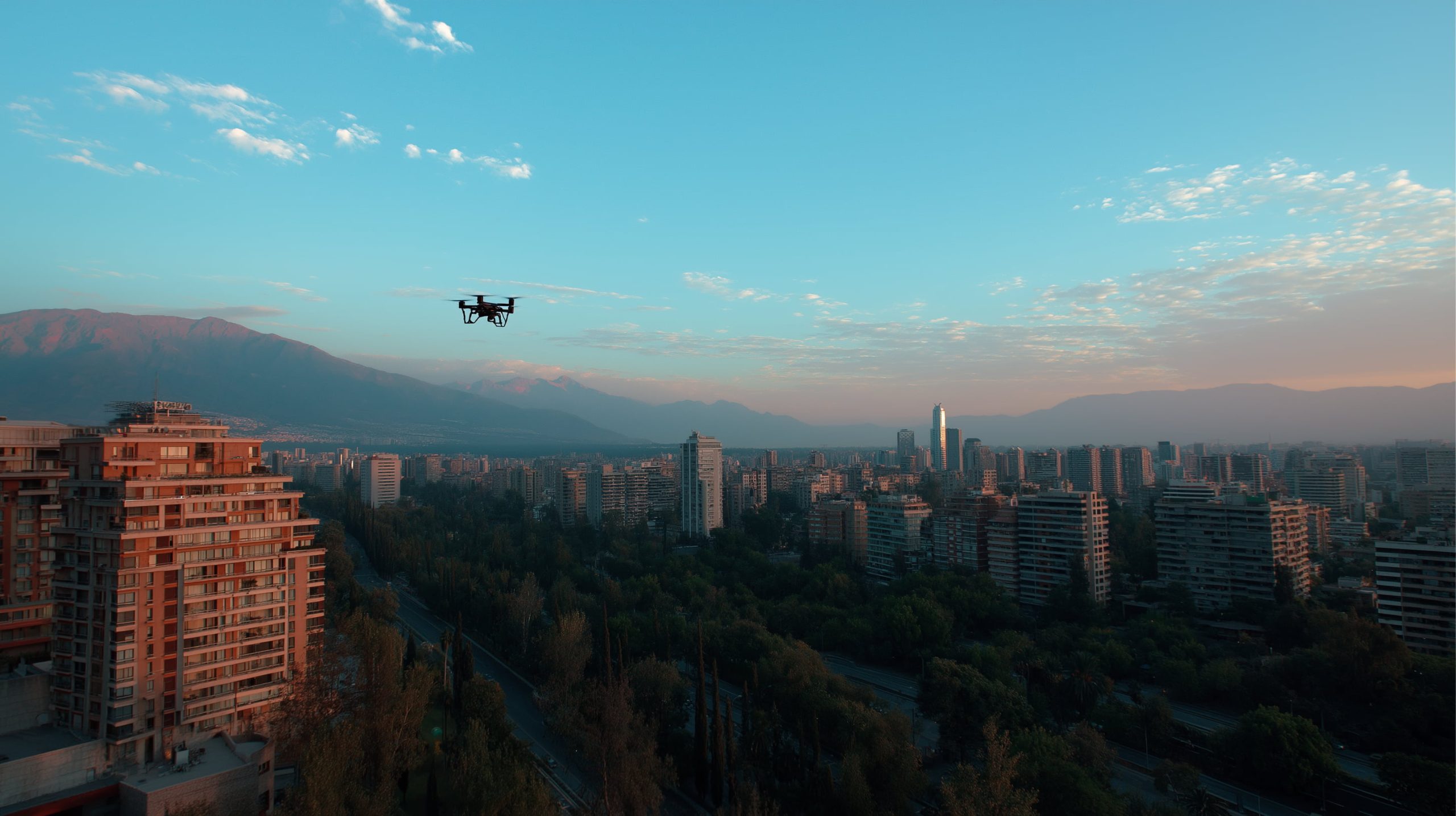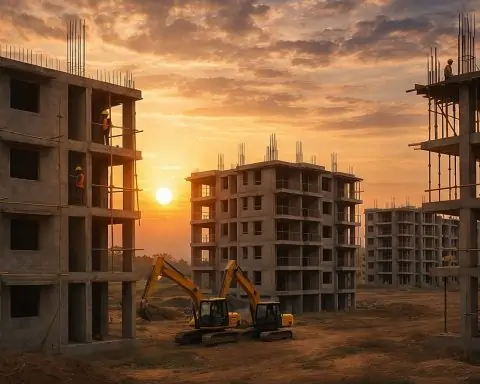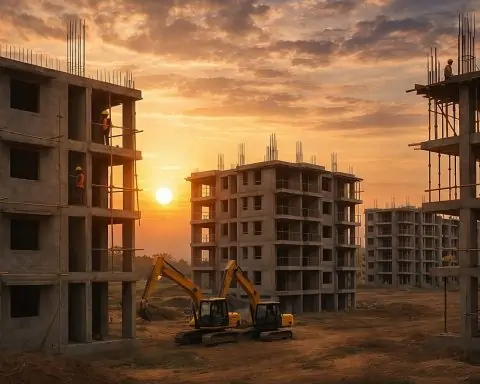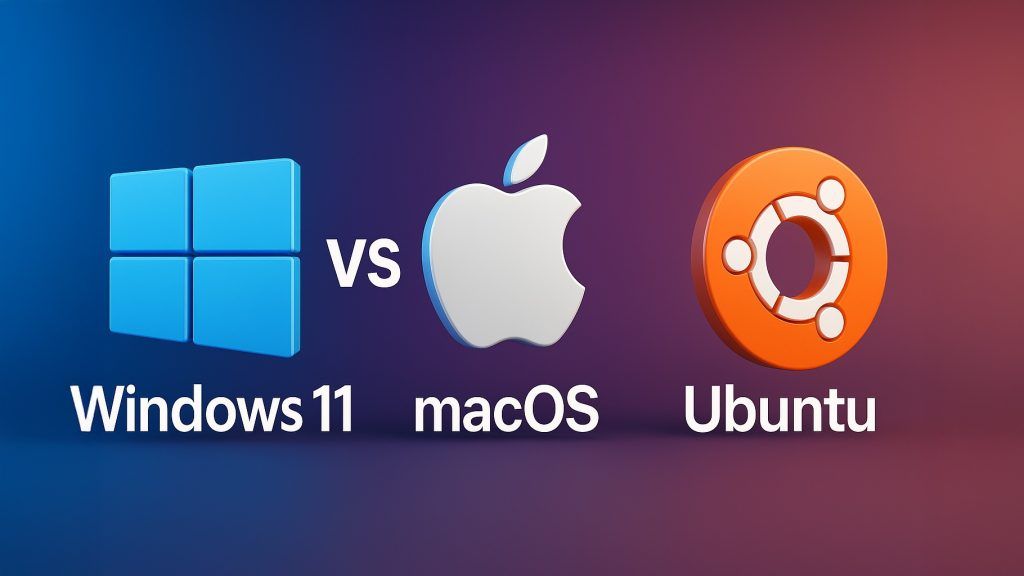- Chile’s DGAC requires virtually all drones used in Santiago’s populated areas to be registered, with a 12-month registration card that must be carried while flying and renewed annually.
- The 2024 DAN 151 revision extends to all drone operations over urban areas, introducing the Certificado Especial de Operación (CEO) or an Air Operator Certificate (AOC) for both public and private operators to fly in cities.
- Drones with a takeoff weight above 9 kg are not allowed over populated areas under the 2024 DAN 151 rule set.
- Drones above 750 g must have an emergency parachute, and tracking and anti-collision lights are required on larger drones.
- To fly in Santiago, the remote pilot must be at least 18 years old, complete theoretical and practical training, pass a 75% written exam, and hold a DGAC remote pilot credential, with license validity extended to 36 months as of 2024.
- For each flight in an urban area, operators must obtain DGAC flight authorization (AOC or special operation approval) for the planned operation.
- There are no-fly zones near airports and airfields, with a 2 km buffer around Arturo Merino Benítez International Airport and a 1 km buffer around heliports or smaller aerodromes.
- The maximum permitted altitude is 120 meters above ground level, and drones must be flown within visual line of sight and no more than 500 meters from the operator.
- Minimum safety distances require at least 30 meters horizontally from bystanders and 20 meters vertically from any person when flying, with direct overcrowded crowds generally prohibited without permission.
- Penalties for violations include fines up to USD 36,000, possible license suspension up to three years or revocation, equipment confiscation, potential criminal charges, and enforcement by the DGAC and police, with privacy laws also applying.
Santiago’s skyline is a tempting playground for drone enthusiasts and professionals, but Chile’s drone regulations are strict. Both recreational hobbyists and commercial operators can fly in Santiago only if they comply with national regulations on registration, licensing, and safe flying practices. These rules are enforced by Chile’s civil aviation authority and local law enforcement, and violations can result in massive fines or other penalties. Below is a comprehensive 2025 update on Santiago’s drone laws – covering everything from basic requirements to no-fly zones – so you can enjoy flying without landing in legal trouble.
Recreational vs. Commercial Drone Use
Recreational Flights: Flying a drone for fun in Santiago is legal but heavily regulated. In fact, Chilean law treats recreational and commercial drone use similarly when it comes to safety: any drone flight in populated areas (like Santiago) requires prior DGAC (Dirección General de Aeronáutica Civil) authorization and registration in most cases [1]. Casual hobby pilots with very small drones (<750 grams) have an exception if they operate away from urban areas and keep under 50 m altitude – such flights do not need a permit or license [2]. However, inside city limits, even hobby drones typically must follow the full set of rules.
Commercial Operations: Commercial drone use (e.g. for aerial photography, inspections, or deliveries) is permitted in Santiago but comes with extra steps. Businesses must ensure the drone is registered and the remote pilot is licensed, just like recreational users [3]. In addition, companies performing aerial work are required to obtain an Air Operator Certificate (AOC) or similar special operating certificate from the DGAC [4]. In practice, this means that commercial drone flights or any drones over 750 g in urban Santiago require all of the following: a licensed pilot, a registered drone, and specific flight authorization for each operation [5]. The bottom line is that whether for fun or profit, Santiago’s drone pilots must play by the rules – but commercial flyers face closer scrutiny and must secure formal operating permissions beyond what a casual user might need.
Drone Registration Requirements
Mandatory Registration: Chile requires virtually all drones used in populated areas to be registered with the DGAC. You’re only exempt from registration if your drone weighs under 750 g and you fly exclusively in uninhabited areas (or very limited low-level use) [6] [7]. For anyone planning to fly in Santiago (a populated area), registration is compulsory – you must submit an application to the DGAC providing details about your aircraft (make, model, serial number, weight, technical specs, etc.) [8]. The process includes emailing the DGAC a form along with a copy of your ID, a photo of the drone, and even proof of the drone’s weight and features [9]. Upon approval and payment of a fee, the DGAC issues a registration card valid for 12 months, which you must carry when flying [10]. Registration has to be renewed annually to remain active.
Special Equipment: One notable Chilean requirement is that drones in the regulated category must have an emergency parachute system. In fact, part of the registration process is a demonstration or proof of the drone’s parachute in operation [11]. This rule applies to drones above 750 g, which are considered higher risk – they need a failsafe to protect people on the ground in case of malfunction. Regulators also encourage or require installing tracking and anti-collision lights on larger drones to improve air safety [12]. All these measures must be in place before you can legally fly a drone over Santiago’s neighborhoods. (Very lightweight toy drones under 750 g used privately may bypass the formal registration and equipment rules if kept below 50 m altitude [13], but anything bigger or higher has to comply.)
Insurance: Although not a registration step per se, drone operators are required to have liability insurance for flights in Chile (both recreational and commercial) [14]. This ensures any damage to third parties can be covered. Have proof of insurance – in Spanish translation – with you, as it’s part of responsible flying in Santiago.
Flight Zones, Airspace, and Altitude Restrictions
Operating a drone in Santiago means navigating a patchwork of no-fly zones and altitude limits designed to protect public safety, privacy, and other airspace users. Key restrictions include:
- Maximum Altitude: Drones must not fly higher than 120 meters (394 feet) above ground level in Chile [15]. This cap (roughly the height of a 40-story building) helps keep drones well below manned aircraft traffic.
- Line-of-Sight Only: You must keep your drone within visual line of sight at all times – no flying beyond where you can see it unaided [16]. Additionally, the drone cannot go farther than 500 m (approximately 1,640 ft) away from you, even if still visible [17]. Santiago’s urban canyons can make signal loss a concern, so maintaining sight is critical.
- Distance from People: For safety and privacy, maintain a minimum distance of 30 m (98 ft) horizontally from any bystanders or property not involved in the drone operation. Also keep at least 20 m (65 ft) vertically above any person if flying overhead [18]. Flying directly over crowds or densely populated areas is generally prohibited without special permission.
- Airport No-Fly Zones: Santiago is served by major airports (Arturo Merino Benítez International Airport and smaller aerodromes), so drones cannot operate within 2 km of any airport or airfield [19]. This rule creates a wide no-fly radius around airports. Even for heliports or smaller airstrips, at least a 1 km buffer is required. Always check your map – large parts of Santiago near the airport or military airbases will be off-limits to drones.
- Sensitive Areas: It is forbidden to fly over government buildings, military facilities, critical infrastructure, or other sensitive sites [20]. For example, flying a drone near La Moneda Palace (the presidential offices) or army barracks could get you in serious trouble. National parks are also typically no-drone zones; notably, Chile has banned drones in places like Torres del Paine National Park [21], and urban parks may have local restrictions as well.
- Night and Event Restrictions:No night flying is allowed in Chile without a special DGAC permit [22] [23]. Operations are restricted to daylight and good weather conditions. Likewise, you cannot fly during public events or over large gatherings (concerts, protests, stadiums, etc.) unless you have explicit authorization – authorities are very sensitive about drones at mass events for security reasons [24].
- One Drone at a Time: A single pilot can only control one drone at once in Chile [25]. Swarm flying or handling multiple UAVs simultaneously is not permitted in Santiago’s airspace.
- Dropping Objects: Attaching and dropping any objects from a drone (like delivery packages, release of fireworks, etc.) is illegal without special permission from the DGAC [26]. Drones cannot carry weapons or dangerous payloads under any circumstances.
- Yield to Manned Aircraft: If during your flight you see a manned aircraft (helicopter, airplane) nearby, you must give way and land immediately [27]. Manned aviation always has priority, and drones should not interfere – this is especially relevant in Santiago where police helicopters or news choppers may fly over the city. Also, drones must stay clear of any active emergency response scenes (e.g. firefighting, police operations) [28].
By following these flight zone and altitude rules, you greatly reduce the chance of accidents or legal issues. Santiago’s mix of dense population and busy airspace means these restrictions are taken seriously by authorities.
Permits and Licensing for Drone Pilots
Remote Pilot License: To fly any drone in Santiago’s populated area, the operator (pilot) must hold a DGAC-issued remote pilot license. Getting this license involves a few steps. You need to be at least 18 years old and receive appropriate theoretical and practical training on drone operation [29]. The DGAC requires you to submit a notarized affidavit confirming you’ve been trained, and then you must pass a written examination that covers Chile’s drone regulations (Normas Aeronáuticas DAN 151 and DAN 91), plus basic aeronautics and meteorology [30]. A passing score is 75% or higher on the exam [31]. Once you pass, you receive a remote pilot credential. Until recently this pilot license was valid for 12 months before needing renewal [32], but as of 2024 the DGAC has extended the validity to 36 months (3 years) to reduce administrative burden [33]. Pilots will still need to undergo periodic revalidation (likely an online process via DGAC’s system).
Flight Authorizations: Having a license and a registered drone isn’t the end of the paperwork – if you want to fly within Santiago city limits, you are typically required to obtain a flight permit or authorization for each flight or project. Under DAN 151 (the rule for populated areas), every operation needs specific DGAC approval (often called an AOC or special operation authorization for commercial flights) detailing where and when you’ll fly [34]. In practice, drone pilots must submit a request or notification to DGAC ahead of time for any flight in an urban/public area of Santiago, and receive clearance. This is to ensure the flight won’t conflict with other air traffic or pose undue risk. The Municipality of Santiago itself does not issue drone permits – it defers entirely to the DGAC for authorizing drone operations [35]. So, plan ahead and coordinate with the DGAC if you want to fly over the city for a film shoot or other activity.
Additional Credentials for Commercial Use: If you plan commercial drone work (for example, running a drone photography business in Santiago), note that the company or operator might need further certification beyond the pilot’s individual license. Chile’s updated rules introduced a Certificate of Aerial Operator (Certificado de Operador Aéreo) for drone services, essentially an organizational license similar to what an airline or charter company would need, scaled to drones [36]. This ensures commercial operators meet higher standards. In short, a licensed pilot and registered drone are required for everyone, and a business certificate (AOC/CEO) is an extra requirement for commercial entities. Always carry your DGAC pilot credential and registration proof when flying – you may be asked to produce them if checked by authorities.
Local Enforcement and Authorities
Regulatory Authority (DGAC): The primary authority overseeing drone use in Santiago (and all of Chile) is the DGAC, Chile’s civil aviation directorate. The DGAC is responsible for issuing registrations, pilot licenses, and flight authorizations, and it sets the rules (through standards like DAN 151 and DAN 91) that drone pilots must follow [37] [38]. The DGAC also handles enforcement actions for regulatory violations. If you break drone rules, the DGAC can initiate an investigation and impose sanctions under Chile’s Aeronautical Code. Notably, Chile has a specific aeronautical legal framework (Law 18.916 and DGAC’s DAR 51) that outlines how drone infractions are penalized, treating them similarly to manned aircraft infractions in many cases [39] [40].
Police and On-Site Enforcement: On a day-to-day level in Santiago, local law enforcement can become involved if a drone is causing a disturbance or posing a safety hazard. The Carabineros (national police) and other security agencies may respond to complaints about illegal drone flights – for example, if someone flies over a crowd or near an airport, police can detain the operator or seize the drone. However, when it comes to actually prosecuting or fining the offender, the case typically falls to aviation authorities and the courts rather than just a traffic ticket. The Municipality of Santiago has explicitly stated it does not regulate drone permissions itself and leaves that to the DGAC [41], but police will coordinate with the DGAC if needed to enforce the rules. In addition, Santiago’s city and regional officials are increasingly using drones for their own surveillance and public safety operations, which means they are quite aware of drone activity. Expect any serious breach of drone rules in Santiago to be reported and acted upon swiftly, either by DGAC inspectors or the police, especially given security concerns in a capital city.
Privacy and Other Laws: Apart from aviation regulations, drone users in Santiago should remember that Chile’s privacy and nuisance laws also apply. Filming people without consent or intruding on private property could lead to police action under privacy statutes. The DGAC’s drone rules explicitly require respecting others’ privacy and not endangering people on the ground [42]. Santiago’s authorities have an interest in preventing drones from violating privacy or being used for illicit surveillance, so misuse could involve not just DGAC fines but other legal consequences.
Penalties for Violating Drone Laws
Breaking drone laws in Santiago carries severe penalties, reflecting how seriously Chile treats air safety. Depending on the violation, you could face:
- Hefty Fines: Financial penalties are the most common punishment. Fines start at around CLP $500,000 (approximately USD $600) for basic infractions like flying without proper authorization, flying in restricted zones, or going beyond visual line of sight [43]. For more serious or deliberate violations, fines can increase dramatically – in fact, Chilean judges may impose fines up to $36,000 USD for egregious cases [44]. The exact amount depends on the severity of the offense and whether it was intentional or for commercial gain [45]. Repeat offenders or companies who ignore the rules can expect fines in the millions of pesos range [46]. All fines are typically “beneficio fiscal” (paid to the state treasury) and must be paid within 30 days of the penalty decision.
- License Suspension or Revocation: If a licensed drone pilot violates regulations, the DGAC can suspend their remote pilot license for up to three years in serious cases, effectively grounding them [47]. In cases of gross misconduct or repeat offenses, the DGAC and courts can even revoke licenses permanently [48]. Losing your DGAC credentials would make it illegal to operate drones in the future. Similarly, an offender’s drone registration or any special operator certificate could be canceled as part of the punishment.
- Confiscation of Equipment: Authorities have the power to confiscate the drone involved in an offense, especially if it was used in a way that endangers public safety [49]. This can occur alongside other penalties for repeat violators – essentially, the drone can be taken away permanently by the government.
- Criminal Charges: Certain extreme violations might be treated as criminal offenses under Chile’s aviation law and penal code. For example, flying an unairworthy or unregistered aircraft (which can include a drone) or causing danger to aircraft can trigger criminal prosecution [50]. If a drone were to collide with a manned aircraft or cause a serious accident, the operator could face prison time under charges of endangering aviation. The law provides for imprisonment (presidio menor) and very large fines (denominated in UTM or “minimum monthly incomes”) for those grave offenses [51]. While jailing a hobbyist drone pilot is rare, it is not impossible if the actions are reckless enough (for instance, a drone interfering with a commercial airliner’s flight path).
In summary, penalties escalate from warnings and fines all the way to criminal sanctions depending on the incident. Chile’s approach since 2015 has been to steadily tighten enforcement to deter irresponsible drone use. Santiago, being the busiest airspace in the country, is under particularly close watch. It’s worth noting that if you are fined or penalized, it will be recorded in your DGAC file – making future applications (like renewing a license or registration) more difficult. Always err on the side of caution and compliance to avoid these harsh outcomes.
Santiago’s Rules vs. National Regulations
One question many ask is whether Santiago has its “own” drone laws separate from Chile’s national regulations. The answer is no – Santiago follows the national Chilean drone laws to the letter. There are no unique municipal bylaws governing drones in the city; in fact, the Santiago city government explicitly states that it does not issue drone permits itself and defers to the DGAC for all drone regulatory matters [52]. This means the rules you follow in Santiago are the same DGAC rules that apply across Chile.
However, because Santiago is a large urban center, the strictest provisions of national law automatically apply. Chile’s drone regulations distinguish between operations over “áreas pobladas” (populated areas) and “áreas no pobladas” (unpopulated areas) [53]. Flying over a city like Santiago squarely falls under the populated area rules (DAN 151), which are more stringent – requiring a license, registration, and real-time authorization for flights, as described above. In contrast, if you were flying in Chile’s remote countryside away from people, the unpopulated area rules (DAN 91) would be in effect, which allow some flexibility (like unlicensed sub-750g flights) that you cannot take advantage of in Santiago’s environment [54].
In essence, Santiago’s drone laws are Chile’s drone laws, just applied in an urban context. The alignment is complete: whether you are in Santiago, Valparaíso, or the Atacama Desert, the same DGAC framework governs drone use. The difference is that Santiago has many more restricted locations (airports, crowds, sensitive facilities) so a pilot in the capital must be extra mindful of the national rules. Always check NOTAMs (Notices to Airmen) and the DGAC’s published guidelines before flying in Santiago to ensure there are no temporary restrictions in place [55]. By following the national regulations, you will automatically be in compliance with local requirements in Santiago.
Recent Legal Updates and Changes
Drone regulations in Chile – and by extension in Santiago – have evolved significantly in the past few years, with recent updates aimed at improving safety and adapting to new technology:
- 2021 Law Updates: On January 15, 2021, Chile implemented new drone law modifications to enhance public safety and privacy [56] [57]. These changes reinforced the requirement that all drone operators must register their drones and obtain a special DGAC license (credential) to fly legally [58]. Notably, the law confirmed that drones over 750 g fall under the stricter DAN 151 standard for populated areas, and it emphasized protecting people’s privacy by prohibiting flights that violate others’ privacy rights [59]. The 2021 update also introduced technical mandates: for example, drones need a tracking system and anti-collision lights/systems to ensure safe navigation and reduce mid-air risks [60]. Smaller drones under 750 g were explicitly exempted from some requirements (registration, licensing) if used in limited ways (below 50 m height in populated zones or in private, controlled environments) [61]. These changes marked Chile’s commitment to integrating drones into the national airspace safely, making it one of the pioneering countries in Latin America to have a comprehensive drone code.
- 2024 DAN 151 Revision: The DGAC released a major update to the DAN 151 regulation in mid-2024, which is the rule governing drones over populated areas [62]. This new third edition of DAN 151 replaces the older 2015 version and brings several key changes. First, the rule’s scope was broadened – previously DAN 151 mainly covered “operations of public interest” by companies/media, but now it applies to all drone operations over cities, including purely commercial ones, ensuring private companies are equally covered [63]. It introduced new terminology like the Certificado Especial de Operación (CEO) and clarified that both public agencies and private operators must obtain either an AOC or this special certificate to fly over urban areas [64]. The updated DAN 151 kept the 9 kg maximum takeoff weight limit for drones (including payload but not counting the parachute) – drones above 9 kg are not allowed over populated areas [65]. It also requires that if a drone lacks a manufacturer serial number, the owner must engrave the DGAC registration number on it for identification [66]. Another significant change is in operational permissions: the new rules provide a framework for Beyond Visual Line of Sight (BVLOS) operations and Extended Visual Line of Sight (EVLOS) using observers, which were not clearly addressed before [67]. Night operations over cities, which used to be completely banned, are now possible under “Special Flights” provisions – a night flight requires special DGAC authorization and the drone must be equipped with navigation and strobe lights [68]. There’s also guidance for flying drones indoors or under roofed areas (e.g. inside stadiums or convention centers), which previously was a gray area [69]. On the administrative side, the pilot credential validity was extended from 12 months to 36 months and the process streamlined via an online system (SIPA) [70], reflecting a move to make compliance easier for operators. In summary, the 2024 update modernizes Chile’s drone regulations, aligning them with international best practices and providing clearer paths for advanced drone operations (like night flights or BVLOS) under controlled conditions. Santiago’s drone community should familiarize themselves with this new DAN 151 edition, as it directly affects what is allowed in the city’s airspace.
Staying up-to-date is critical – authorities can and do update regulations as drone technology and usage evolves. Always check the DGAC’s official publications or reputable sources before flying. By following the current rules and any new guidelines, drone pilots in Santiago can enjoy the stunning vistas of the city without legal headaches. Safe and responsible flying!
Sources: Chilean DGAC regulations and local news reports on drone law [71] [72] [73] [74] [75], among others, were used to compile this report. These provide the legal requirements and recent updates governing drone operations in Santiago, Chile.
References
1. drone-traveller.com, 2. drone-laws.com, 3. drone-traveller.com, 4. www.academiadronchile.cl, 5. drone-laws.com, 6. drone-traveller.com, 7. www.encancha.cl, 8. drone-traveller.com, 9. drone-traveller.com, 10. drone-traveller.com, 11. drone-laws.com, 12. www.encancha.cl, 13. www.encancha.cl, 14. drone-traveller.com, 15. www.encancha.cl, 16. drone-laws.com, 17. drone-laws.com, 18. drone-traveller.com, 19. www.encancha.cl, 20. uavcoach.com, 21. uavcoach.com, 22. uavcoach.com, 23. www.encancha.cl, 24. www.encancha.cl, 25. uavcoach.com, 26. www.encancha.cl, 27. drone-laws.com, 28. uavcoach.com, 29. uavcoach.com, 30. uavcoach.com, 31. uavcoach.com, 32. uavcoach.com, 33. www.academiadronchile.cl, 34. drone-traveller.com, 35. santiagocultura.cl, 36. www.academiadronchile.cl, 37. www.encancha.cl, 38. www.encancha.cl, 39. www.soludrones.cl, 40. www.soludrones.cl, 41. santiagocultura.cl, 42. drone-traveller.com, 43. www.encancha.cl, 44. drone-laws.com, 45. drone-laws.com, 46. www.encancha.cl, 47. www.soludrones.cl, 48. www.soludrones.cl, 49. www.encancha.cl, 50. www.soludrones.cl, 51. www.soludrones.cl, 52. santiagocultura.cl, 53. www.dgac.gob.cl, 54. www.dgac.gob.cl, 55. drone-traveller.com, 56. www.encancha.cl, 57. www.encancha.cl, 58. www.encancha.cl, 59. www.encancha.cl, 60. www.encancha.cl, 61. www.encancha.cl, 62. www.academiadronchile.cl, 63. www.academiadronchile.cl, 64. www.academiadronchile.cl, 65. www.academiadronchile.cl, 66. www.academiadronchile.cl, 67. www.academiadronchile.cl, 68. www.academiadronchile.cl, 69. www.academiadronchile.cl, 70. www.academiadronchile.cl, 71. drone-traveller.com, 72. www.encancha.cl, 73. santiagocultura.cl, 74. drone-laws.com, 75. www.encancha.cl










